Liatris Spicata ‘Floristan White’
$24.00 Original price was: $24.00.$16.80Current price is: $16.80.
- Excellent customer service online in a timely manner
- The Quality Choice for Smart Shoppers
- 100% High Quality Guarantee
- Get the quality you deserve, for less.

Product Details
‘Floristan White’ has tall spikes of densely packed, pure white flowers in July and August and provides a cool contrast to hot-headed summer blooms. The bottlebrush stems, excellent for cutting, make eye-catching additions to bouquets.
The genus Liatris, native to North America, includes about 40 species all beloved by bees, butterflies, and hummingbirds. Their fluffy, somewhat star-like or feathery blossoms (from which the common names Blazing Star and Gayfeather derive) open from top to bottom on tall flower spikes which stand above basal clusters of attractive, linear foliage. Liatris make fantastic accent plants in summer-blooming borders and beds (appearing to best advantage when planted in groups), and they are central to any pollinator garden. The flower stalks are superb for cutting and drying, as well. Plants thrive in full sun and well-drained soil. Depending on the species, they may tolerate moist or dry conditions. As members of the Aster family, Liatris are unusual in that their individual blossoms comprise only disc flowers, not a combination of disc and ray flowers characteristic of the composite blooms in this family (as seen in the common Daisy).
Like other Blazing Stars, Liatris spicata is an easy-care, clump-forming, upright pollinator magnet. Native to eastern Canada and eastern and central portions of the US, it produces densely crowded spikes of feathery, reddish-purple flower heads, which are sometimes accented with white. Unlike some of its relatives, this native of marsh perimeters, meadows, and lowlands thrives in moist, fertile soils (although plants will not flourish in areas that are wet in winter). Established plants tolerate drought. While most top out at 2-4’, some rise as high as 6’, creating a towering waystation for butterflies and bees in the sunny summer garden, as well as for songbirds later in the season, who feast on the seeds. Taller plants may need staking or the support of a fence or surrounding companions. This Liatris is an excellent replacement plant for the invasive Purple Loosestrife (Lythrum salicaria).
For more information on growing and care, click Growing Guide.
How to see a 3D model of this item
1. Click on the 3D Model image in the image gallery.
2. A pop up will open with the 3D model of the item. You can move the 3D model around with your mouse if on a computer or with your finger on your device. The 3D model represents a mature plant that is approximately 3 years old.
How to use (AR) Augmented Reality to see this item in your garden
1. Make sure your device has a camera and is connected to the internet. If you want to see the item in your garden and are on your computer, click the 3D Model image on your computer and a QR code will open that will allow you to open the link on your device.
2. Once you have clicked the 3D Model image on your device, go outside and face your device camera toward where you would like to see how the item will look in your garden.
3. To see the item in your own garden, click on the [AR] link in the lower right-hand corner of the screen. You might need to wait a few seconds for the AR experience to load. This only works from a device with a camera such as a mobile phone or a tablet.
4. Allow your device to access the camera, if prompted.
5. Point your device’s camera at the area where you want to place the plant or garden.
6. The website will use Augmented Reality to place a virtual image of the item in the space you are looking at through your device’s camera. You can adjust the position of the virtual item by using two fingers to resize the item, or one finger to move the item around the screen, until you’re satisfied with how it looks. To get an accurate sense of the size of this item, we recommend measuring out the area where you would like to plant it (the spacing for this item is 18″), and staking or flagging the borders so that you will have an accurate idea for the mature size of the item while using AR (the magnifier only enlarges the 3D model of the item, it does not change the actual size of the item). The 3D model represents a mature plant that is approximately 3 years old.
7. Move your device around to view the item from different angles and get a better idea of how it will look in your garden.
8. Once you have everything lined up, take a screenshot or tap the screen to show the AR experience controls and press the white circle to take a photo of the AR image to save it for future reference.
9. If you decide to purchase the item, you can use the AR image as a reference for placement in your garden.
Be the first to review “Liatris Spicata ‘Floristan White’” Cancel reply
Related products
Amaryllis, Wreaths & Gifts
Amaryllis, Wreaths & Gifts
Amaryllis, Wreaths & Gifts
Amaryllis, Wreaths & Gifts
Amaryllis, Wreaths & Gifts
Amaryllis, Wreaths & Gifts
Amaryllis, Wreaths & Gifts
Amaryllis, Wreaths & Gifts

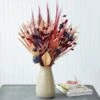
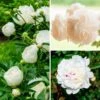

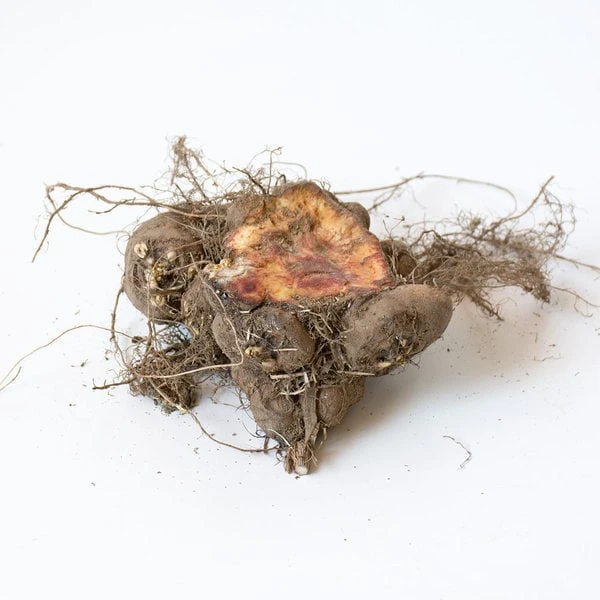
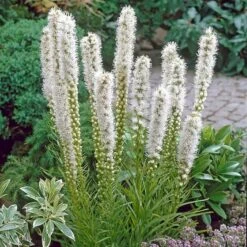

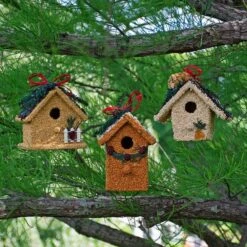



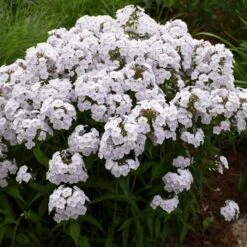

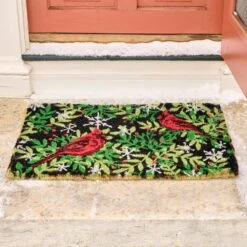
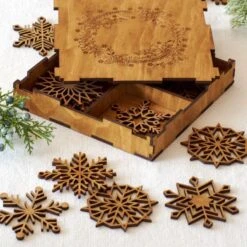


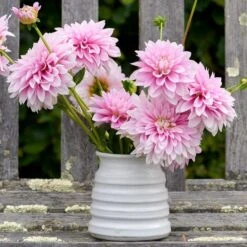

Reviews
There are no reviews yet.